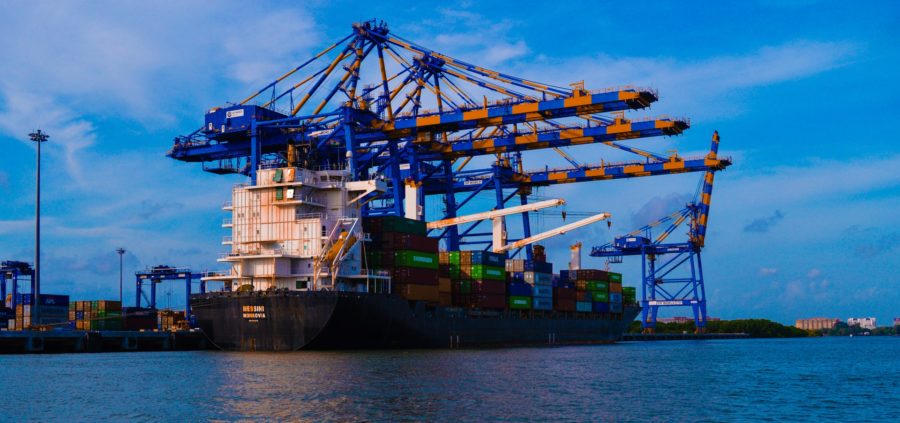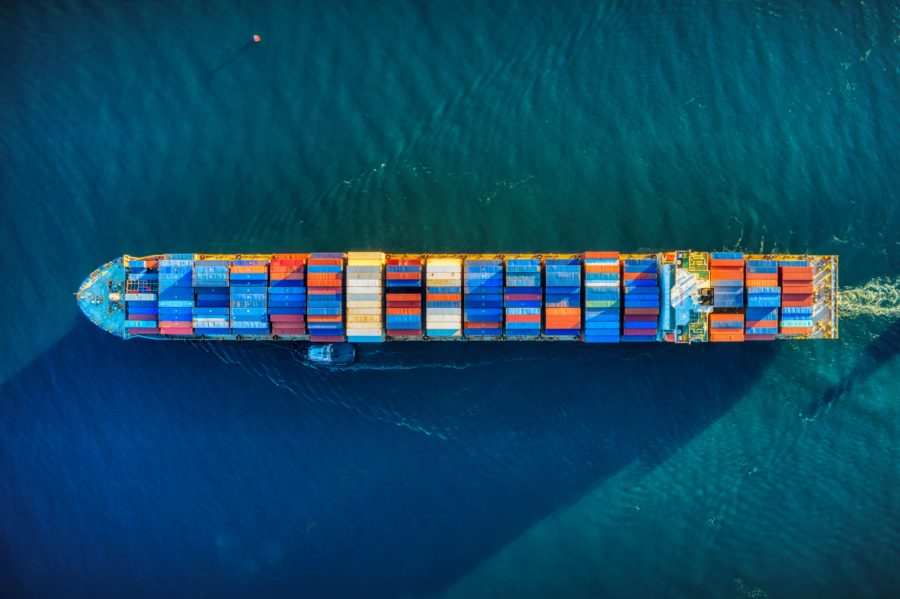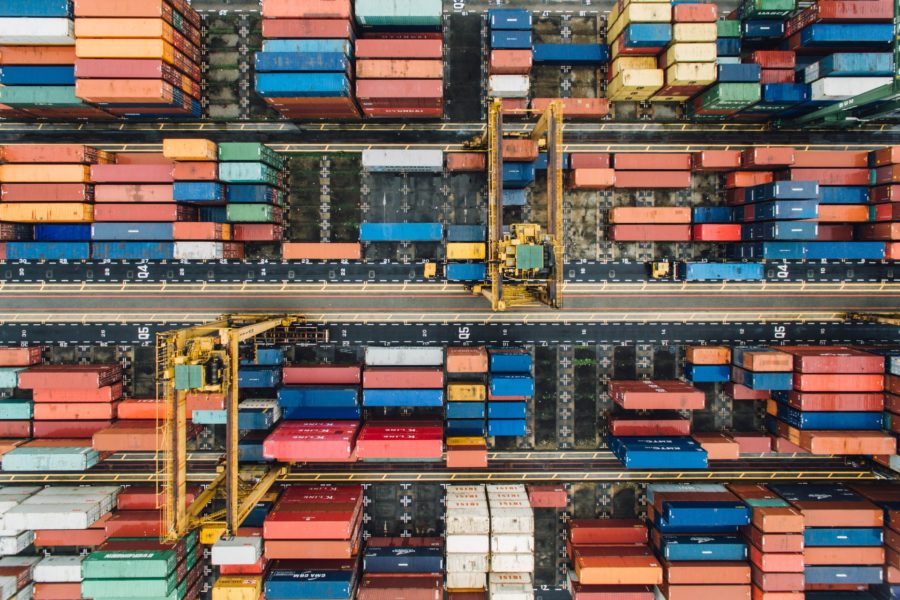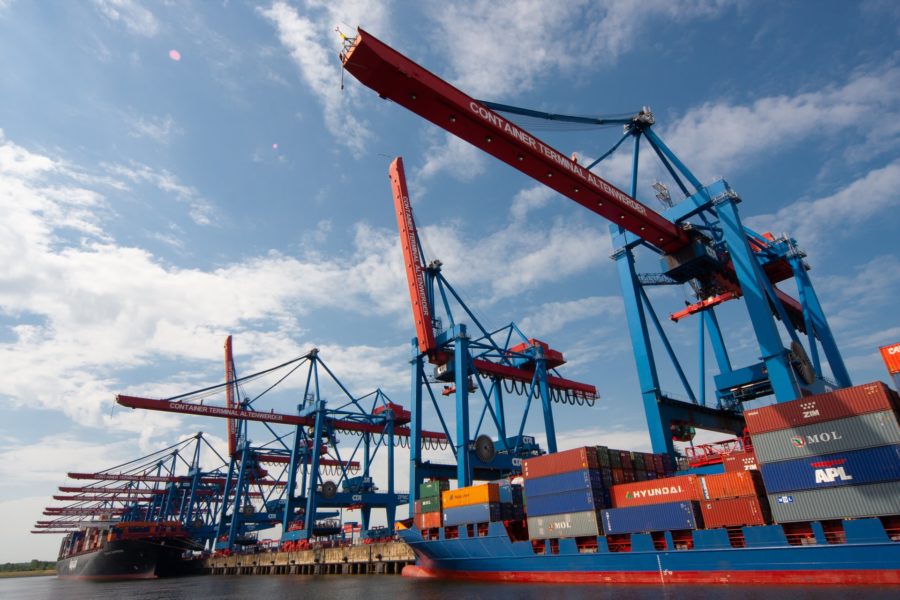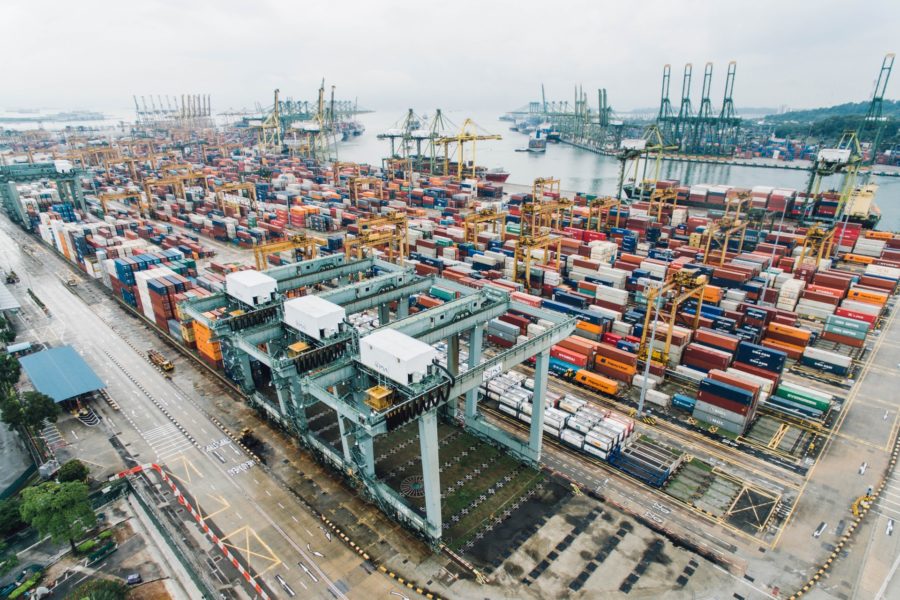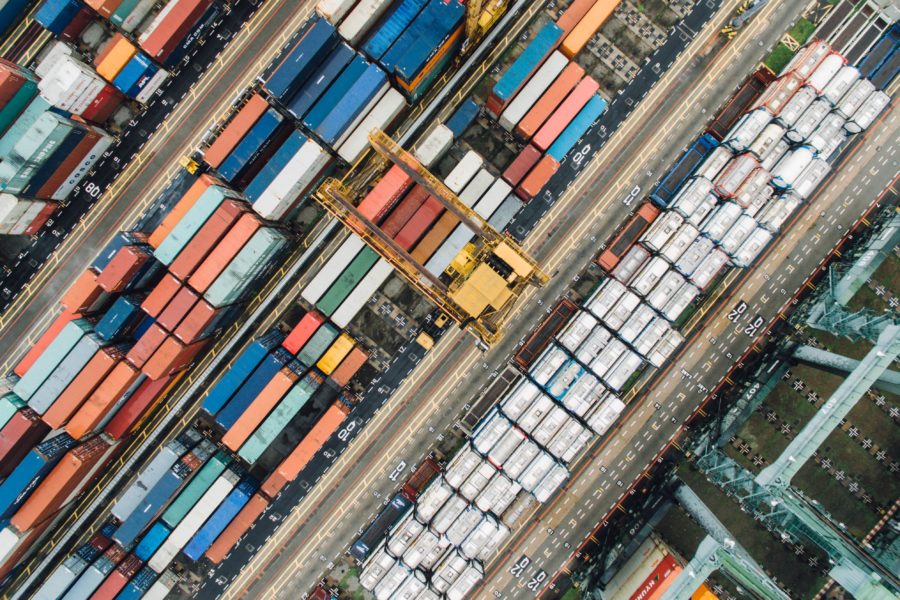June 23, 2021
Canada to Reopen Border in Phases

Prime Minister Justin Trudeau’s government is ending mandatory hotel quarantines for vaccinated Canadian residents arriving by air.
Health Minister Patty Hajdu announced that Canadian citizens, permanent residents and essential workers who are fully vaccinated will no longer have to spend three days isolating in a government-approved hotel. Instead, they’ll be permitted to quarantine at home while they wait for the results of a test on arrival.
The exemption won’t apply to tourists or foreign business travellers that aren’t essential workers, and they will still need to complete a hotel quarantine if arriving by plane. The government plans to roll out the measures by the first week of July, the health minister said Wednesday.
The change comes as pressure grows for Trudeau to ease COVID restrictions for fully vaccinated travellers in time for the summer season, especially along the U.S.-Canada border. The two countries have created a working group to determine how to reopen the border safely after beginning discussions on the issue earlier this spring.
To qualify for the exemption, a person must be inoculated with one of the four vaccines approved in Canada: Pfizer Inc.-BioNTech SE, Moderna Inc., AstraZeneca Plc-Oxford University or Johnson & Johnson. Radio-Canada was the first to report the policy shift.
The easing of the hotel rule is part of the first phase of the government’s multistage plan to open the border, Hajdu said alongside Intergovernmental Affairs Minister Dominic Leblanc. Further restrictions will be lifted once more Canadians are vaccinated.
Canada closed its borders to non-essential travel in March 2020 to stop the spread of Covid-19.
(Source: Financial Post)

